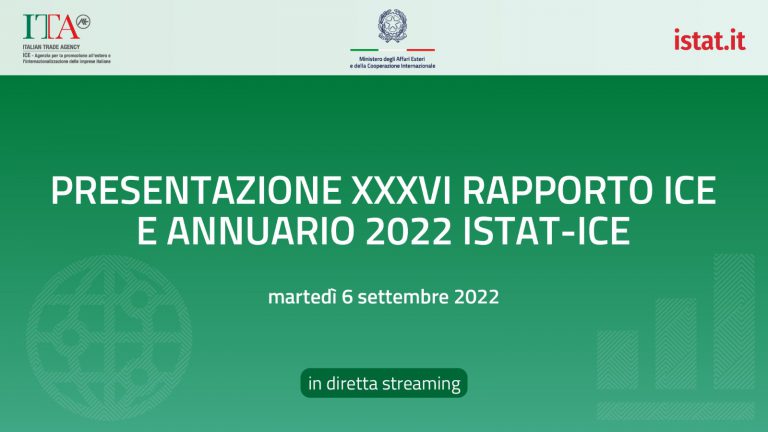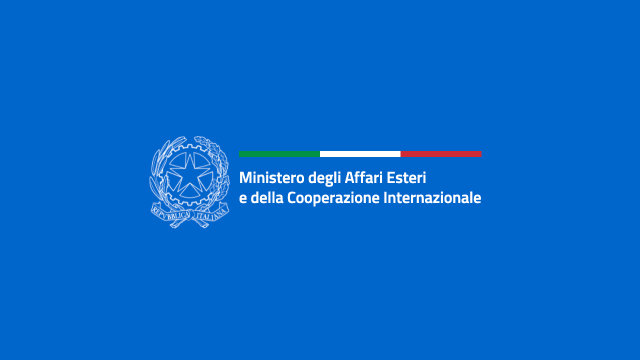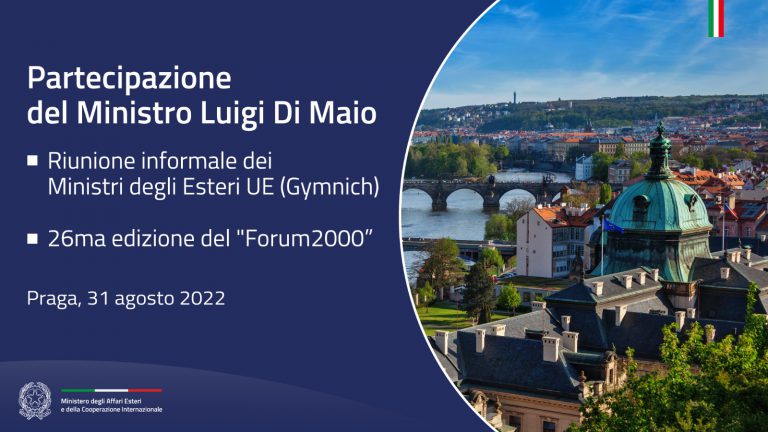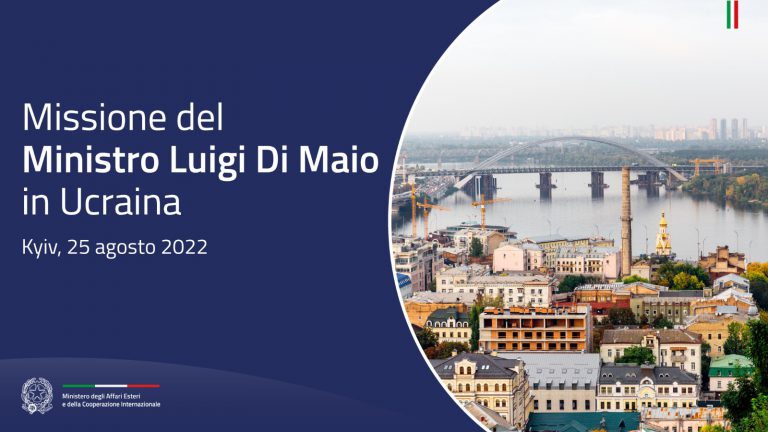Enzo Moavero Milanesi has been working on this ever since he was first appointed Minister of Foreign Affairs a little over a year ago. He talked about it last Thursday with Prime Minister Giuseppe Conte and with the Minister of Interior, Matteo Salvini. He will be presenting these ideas tomorrow, at the EU Foreign Affairs Council, in order to ponder over the issue migration together with his European colleagues. “Let’s break the tyranny of emergencies and emotionality. It is a fact that so far, every Country has reacted to migration flows on the basis of a sovereigntist approach. However, we will be able to govern them only if we can rely on a balanced and truly European policy made up of many different elements,” said the Minister.
Mr. Minister, you are about to present ideas for a European action on migration together with your Maltese counterpart, Foreign Minister Carmelo Abela. How did they develop?
“Agreements were recently signed on distributing migrants among EU Countries before they land. We cannot continue proceeding on a case-by-case basis, seeking to find emergency solutions every time. We need to set up a structured and stable system.”
Should we override the Dublin Regulation, which provides that it is the Country of first arrival that must examine asylum applications? Many governments would not agree to this.
“The Dublin Regulation regards asylum-seekers, but the EU Treaty lays down provisions regulating migration in general, which do not only concern the examination of asylum applications. As a result, a common reflection should take into consideration the whole migration phenomenon: migrants do not head for the Italian, Greek or Maltese coasts. They want to get to Europe and therefore a solution should be found within the context of Europe.”
Aren’t you afraid that the other governments will respond with scepticism? They will tell you that Italy’s only policy is to close its ports.
“To govern migration flows of such a scope we need a common European policy clearly stating what to do through cooperation. Countries cannot be left alone to face the emergency with instruments that are partial and inevitably selfish. We should invest more in the countries of origin of migrants. The EU Treaty talks about EU policies on migration flows and thus goes beyond merely acknowledging the right to apply for asylum and for international protection.
What in particular are you thinking about?
“The first level would be to do more before people start migrating. We need more investments, with sufficient funds, in the Countries from where migrants set out on their journey: I am talking about projects designed to strengthen the social fabric or to mitigate the effects of climate change in those countries. We will need substantial resources and this is precisely the reason why this point must be included in the negotiations for the EU financial framework for the years 2021/2027. We could even think of issuing ad hoc EU bonds to raise funds.
People will continue to migrate, don t you think?
“This is why migrants who are legally entitled to apply for asylum should be able to do so in places that are as close as possible to the ones they are forced to leave. For instance, a refugee coming from a war-torn country should be able to have his/her asylum application examined by a European office located in the closest peaceful State before embarking on a long and inevitably tragic journey. If granted asylum, the asylum-seeker should reach Europe through humanitarian corridors without having to pay traffickers. The EU should ensure standard means of transportation like charter flights, such as the ones on which people that we knew were entitled to asylum were recently flown to Italy. People who have the right to asylum should be able to travel in decent conditions and not at the mercy of criminals.”
Does this mean that refugees would be distributed across Europe?
“The system only works if a sufficient and consistent number of States agree: especially larger States. In order for the relocation to take place, we need a method based on objective and clear criteria. Furthermore, if the European offices that evaluate asylum applications worked efficiently, they could also screen the applications made by people who emigrate for economic reasons or because of radical climate changes. If these people found a job offer in some European Country, they too could travel there safely.”
Don’t you think that there will always be people resorting to traffickers in order to bypass the European screening centres in Africa?
“That’s why we need to seriously put up an organised fight against human trafficking through greater cooperation among European police and security forces.”
Does this imply redeploying European naval missions in the Mediterranean?
“Yes, but by establishing adequate rules. Rescue at sea is an age-old obligation envisaged in all conventions in addition to being a moral duty. The European missions in the Mediterranean aim to achieve several purposes but they cannot continue providing that all the people rescued be brought to Italy. No one Country can become Europe’s landing platform and, pursuant to the Dublin Regulation, also shoulder the duty to vet asylum applications and all the relative costs. Without mentioning the fact that, while the application is pending, many asylum-seekers go in hiding and cross the borders with neighbouring Countries, raising issues with them.”
Nonetheless, Italy acting as the filter is the solution that all the other Countries are considering. What is our possible way out?
“There’s a way of reducing the burden of the State in which migrants land. Their landing should be disconnected from the concept of ‘first arrival’ laid down by the Dublin Regulation and migrants should be received in ‘free zones’ to be created in the different EU Countries.”
Wouldn’t they risk becoming European detention centres in Italian or Greek ports?
“No. They would be controlled centres; the idea was already included in the conclusions of last year’s European Council. All the EU Countries bordering on the Mediterranean could have these centres. But arriving migrants would only stay a few days and then would immediately be relocated to other EU States which would vet their right to asylum. In this way, working with smaller and distributed numbers, everything would work better.”
When asylum applications are rejected, migrants become irregular and do not return to their Countries. Why should the EU governments shoulder this risk, which now mostly rests upon Italy and Greece?
“A key role in this is played by the readmission agreements with the migrants’ Countries of origin. At the moment, there are only a few of these and they set stringent constraints. But if it were the European Union to stipulate them, they would weigh more in terms of negotiating power. Also because the EU could link them to its investments in the Countries of origin that I mentioned before.”
Do you think that there is now room for such an agreement in Europe?
“That’s what we want to verify. For actions to be effective, we need to act on the source and not only on the destination of migration flows. This is a proposal for a European-wide approach that requires the quantum leap that has never been achieved up to now. For it to work, we need to have a solidarity-based political will capable of avoiding that single States entrench within their own ‘particular’ sovereignty.”
Mr Minister, do you fear that the Lega-Russia case can weigh down on the international position of Italy and on its role within the Atlantic Alliance?
“It has no relevance on inter-State relations. I have no further information on this and there’s no need to say that I cannot comment on something that is under judicial investigation.”





